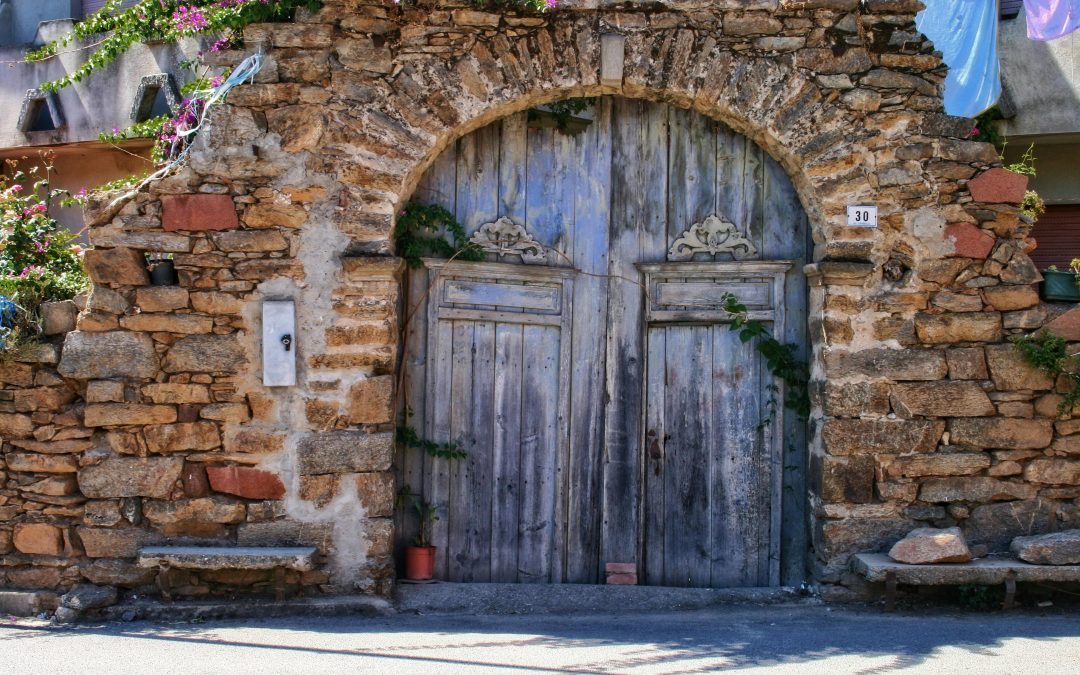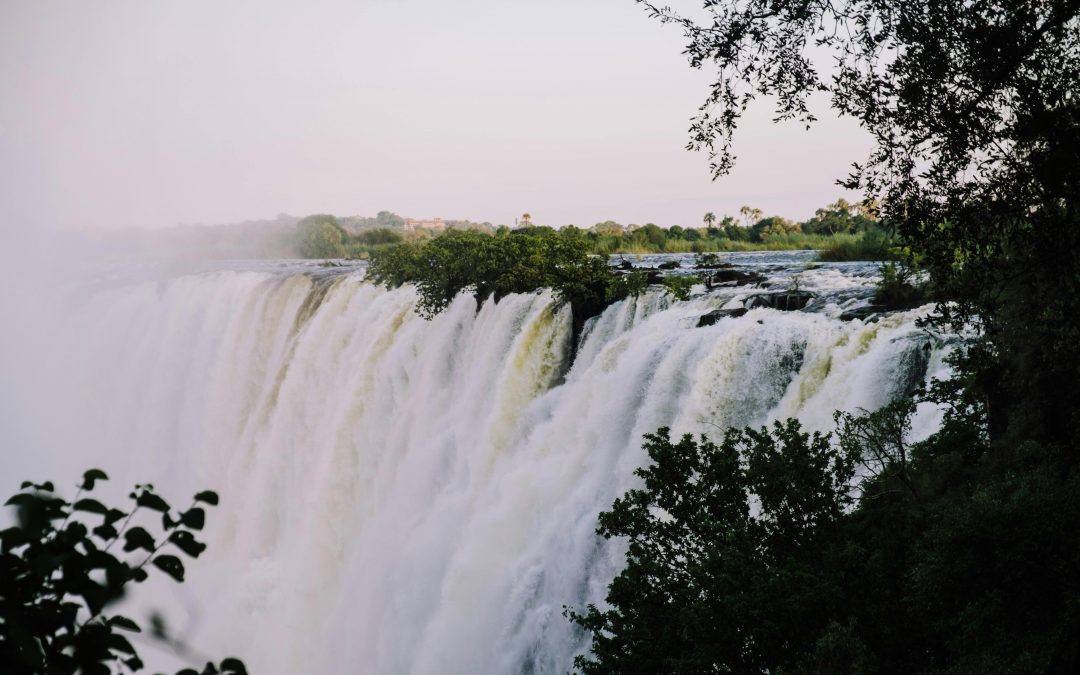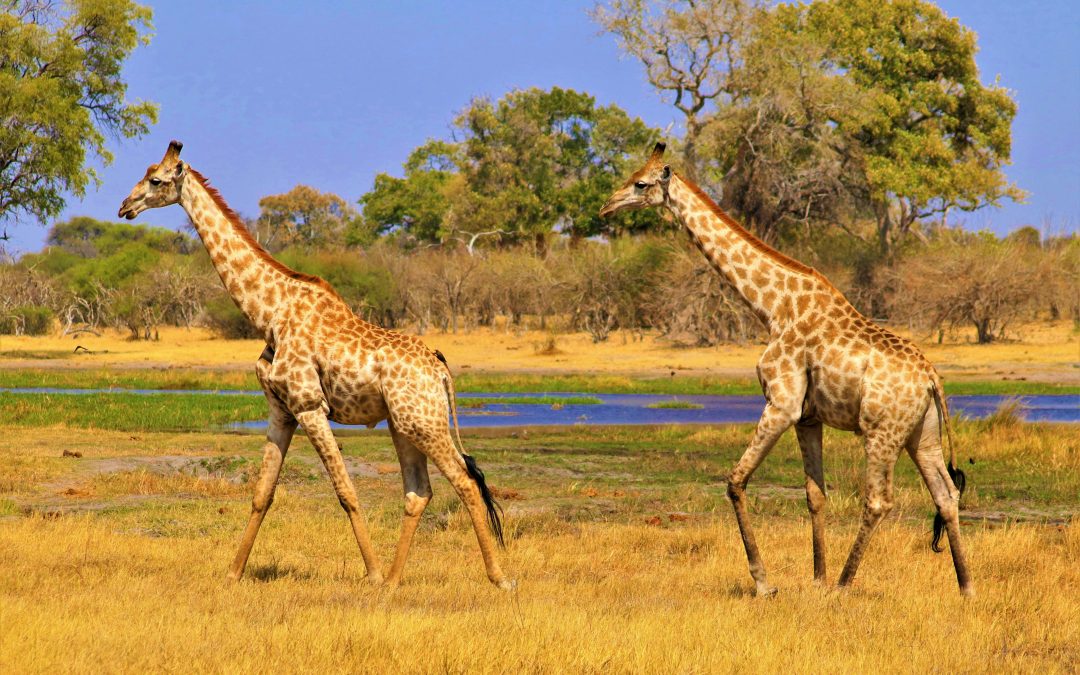In a world of fast-paced travel and curated luxury, a new kind of retreat is emerging—one that blends wellness, sustainability, and wild nature. Welcome to Louma Country Hotel in Dorset, a sanctuary on England’s Jurassic Coast where rewilding isn’t just a conservation strategy—it’s a way of life.
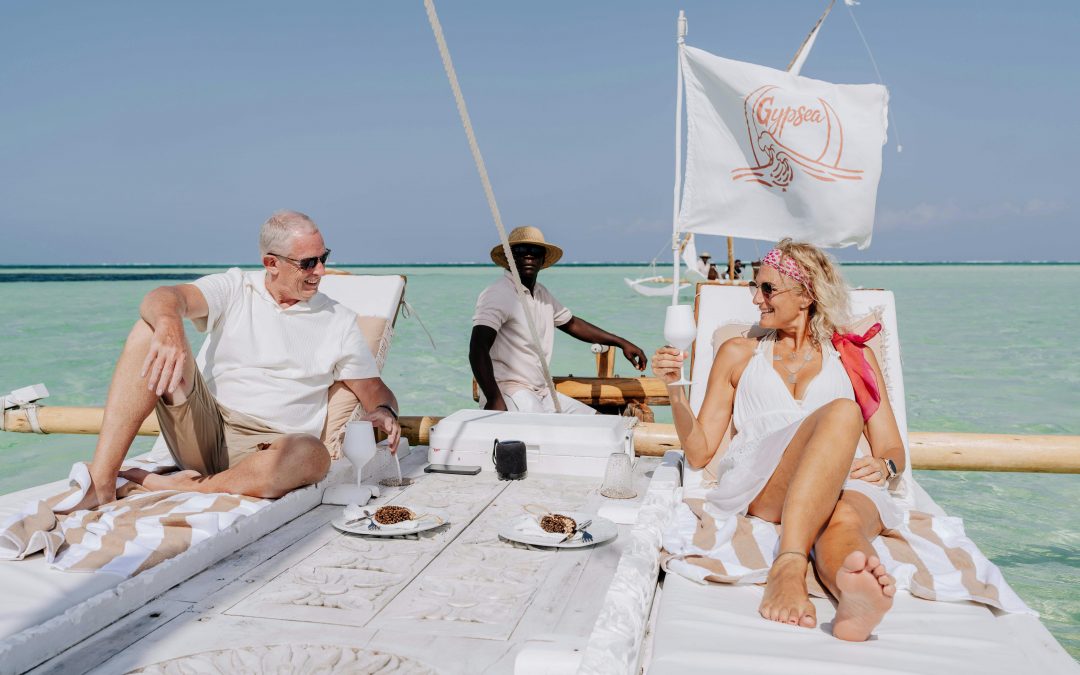
Guía del lujo lento
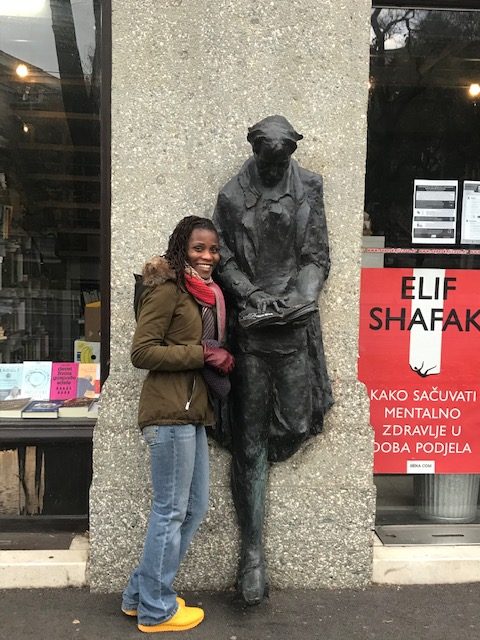
El arte de vivir en una villa de la Toscana y Umbría: Guía del lujo lento
Introducción: Donde el tiempo se ralentiza y la belleza se profundiza
Imagine que se despierta con el canto de los pájaros, el aroma de la lavanda que se cuela por las ventanas abiertas y la luz dorada de la campiña italiana que se derrama sobre las baldosas de terracota. Así es la vida en una villa de la Toscana y Umbría, donde el lujo no es opulencia, sino espacio, silencio y alma.
En 2025, el alquiler de villas en el centro de Italia es más que una moda: es un estilo de vida. Este blog explora cómo las villas de la Toscana y Umbría ofrecen a los viajeros la oportunidad de reconectar con la naturaleza, el patrimonio y consigo mismos. Si está planeando una escapada romántica, un retiro familiar o un año sabático creativo, vivir en una villa es su puerta de entrada al lujo lento.
1. ¿Por qué villas? La filosofía de la estancia
Las villas no son sólo alojamientos, son experiencias. A diferencia de los hoteles, ofrecen:
- Privacidad: Sin vestíbulos compartidos ni vecinos ruidosos
- Espacio: Jardines, cocinas, piscinas y vistas panorámicas
- Autenticidad: Arquitectura histórica y materiales locales
- Libertad: Cocine sus propias comidas, establezca su propio horario
Vivir en una villa fomenta un ritmo más lento, una conexión más profunda y viajes más significativos.
2. Toscana vs. Umbría: Elegir región
Toscana: el sueño clásico
Conocida por sus ondulantes colinas, viñedos y ciudades renacentistas, la Toscana es ideal para:
- Amantes del vino (Chianti, Montepulciano)
- Aficionados al arte y la arquitectura (Florencia, Siena)
- Exploradores culinarios (búsqueda de trufas, catas de aceite de oliva)
Umbría: la hermana silenciosa
A menudo ignorada, Umbría ofrece una experiencia más rústica y espiritual:
- Pueblos medievales (Spello, Bevagna)
- Lugares sagrados (Asís, Norcia)
- Bosques, lagos y menos turistas
Ambas regiones ofrecen impresionantes villas, pero su elección dependerá de su estado de ánimo y de su misión.
3. Villas destacadas: Dónde alojarse con estilo
Villa Molinella, Umbría
- Ubicación: Finca Tenuta di Murlo, cerca de Perugia
- Vibe: Romántico, aislado, boscoso
- Lo más destacado: Trampilla de cristal que desvela una piscina termal oculta, sauna privada, piscina con forma de burbuja del habla
Este molino de agua restaurado es perfecto para parejas que buscan intimidad y naturaleza.
Pieve di Ponsano, Toscana
- Ubicación: Colinas de Val d'Elsa
- Vibe: El minimalismo monacal se une a una galería de diseño
- Lo más destacado: Pozo medieval convertido en bodega, interiores wabi-sabi, espacio de masajes holísticos
Ideal para creativos, pensadores y amantes del diseño.
Villa Thesan y Villa Usil, Toscana
- Ubicación: Castello di Casole, propiedad de Belmond
- Vibe: Elegancia toscana clásica
- Lo más destacado: Cocinas al aire libre, hornos de leña, acceso al spa, experiencias de búsqueda de trufas
Perfecto para familias o grupos que busquen comodidad y cultura.
Villa Cacciarella, Monte Argentario
- Ubicación: Acantilados costeros de la Toscana
- Vibe: La nostalgia de los 70 se une al glamour costero
- Lo más destacado: Cocina de mármol, gruta para cócteles, camas de bambú
Ideal para viajeros con estilo que adoran el encanto vintage y las vistas al océano.
Piantaverna, Umbría
- Ubicación: Finca Reschio
- Vibe: Conservar la naturaleza
- Lo más destacado: Piscina en forma de melocotón, taller de antigüedades, caballos de pura raza española
Un sueño para los amantes de la naturaleza y los estetas.
4. Qué hacer en la villa y sus alrededores
A. Aventuras culinarias
- Contrate a un chef privado para una cena de la granja a la mesa
- Apúntese a clases de elaboración de pasta con nonnas locales
- Visite los mercados cercanos para comprar productos frescos, queso y vino
B. Bienestar y repoblación
- Practicar yoga en olivares
- Reserve masajes en pabellones al aire libre
- Bañarse en piscinas naturales o fuentes termales
C. Inmersión cultural
- Explorar las ciudades e iglesias cercanas
- Asistir a festivales y conciertos locales
- Visite museos, galerías y talleres artesanos
D. Escapadas al aire libre
- Caminata por viñedos y bosques
- En bicicleta por caminos rurales
- Montar a caballo o en globo aerostático
5. Diseñar su estancia en una villa: Consejos para viajeros
A. Reserva anticipada
Las villas más populares se llenan con meses de antelación, sobre todo en primavera y otoño.
B. Elegir en función de la finalidad
- Romance: Villas aisladas y pintorescas como Molinella
- Familia: Amplias fincas con piscinas y cocinas
- Retiro creativo: Espacios tranquilos e inspiradores como Pieve di Ponsano
C. Considerar los servicios
Muchas villas ofrecen:
- Limpieza diaria
- Entrega de comestibles
- Cocineros privados
- Guías locales
Pregunta qué incluye antes de reservar.
D. Abrazar la vida lenta
No agendes demasiado. Deja espacio para:
- Almuerzos largos
- Siestas por la tarde
- Paseos al atardecer
- Mirando las estrellas
La vida en la villa es presencia, no productividad.
6. La arquitectura de la emoción: Por qué las villas se sienten diferentes
Las villas italianas están construidas con alma. Sus materiales -piedra, madera, terracota- encierran siglos de historias. Su distribución favorece la fluidez, la luz y la conexión.
Elementos de diseño a tener en cuenta:
- Techos abovedados
- Vigas vistas
- Azulejos pintados a mano
- Muebles antiguos
- Espacios al aire libre
Estos elementos crean una sensación de atemporalidad y tranquilidad.
7. Voces desde las villas: Reflexiones de los invitados
Elena, 38 años, Milán
“En Villa Molinella me sentí como en un cuento de hadas. La piscina escondida era mágica, y el silencio, curativo”.”
James, 45 años, Londres
“Pieve di Ponsano fue como estar en un museo comisariado sólo para mí. Escribí más en una semana que en un año”.”
Lucia, 52 años, Nueva York
“Villa Thesan proporcionó a nuestra familia el equilibrio perfecto entre lujo y autenticidad. Cocinamos, reímos y volvimos a conectar”.”
8. Sostenibilidad y villas: Un binomio natural
Muchas fincas están adoptando prácticas ecológicas:
- Paneles solares y calefacción geotérmica
- Huertos ecológicos y compostaje
- Abastecimiento local y diseño de bajo impacto
Alojarse en una villa suele significar apoyar a las pequeñas comunidades y preservar el patrimonio.
9. Cuándo ir: Vida estacional en la villa
Primavera (abril-mayo):
- Flores silvestres, tiempo suave, menos turistas
Verano (junio-agosto):
- Noches cálidas, vida junto a la piscina, festivales
Otoño (septiembre-octubre):
- Vendimia, luz dorada, rutas del vino
Invierno (noviembre-marzo):
- Chimeneas acogedoras, temporada de trufas, tarifas fuera de temporada
Cada estación ofrece un sabor diferente de la vida en la villa.
10. Cómo reservar: Plataformas de confianza y consejos
Plataformas recomendadas:
- Toscana Ahora y Más
- El viajero pensante
- Belmond Villas
- Finca Murlo
- Finca Reschio
Consejos para reservar:
- Lea atentamente las críticas
- Infórmese sobre las políticas de cancelación
- Confirmar las comodidades (Wi-Fi, calefacción, piscina)
- Solicite una visita virtual o fotos actualizadas
Conclusiones: La villa como forma de vida
Vivir en una villa de la Toscana y Umbría es más que unas vacaciones: es una filosofía. Se trata de reducir la velocidad, saborear la belleza y vivir con intención. En un mundo que va demasiado deprisa, estos espacios ofrecen refugio, romanticismo y renovación.
Así que, tanto si está bebiendo vino bajo los cipreses como escribiendo poesía a la luz de las velas, recuerde: la villa no es sólo donde se aloja, sino donde se convierte.

Escrito por Kariss
Más de esta categoría
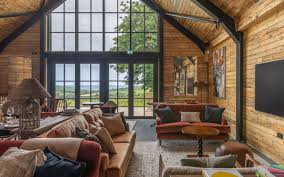
Bienestar renovado

Bienestar renovado
In a world of fast-paced travel and curated luxury, a new kind of retreat is emerging—one that blends wellness, sustainability, and wild nature. Welcome to Louma Country Hotel in Dorset, a sanctuary on England’s Jurassic Coast where rewilding isn’t just a conservation strategy—it’s a way of life.

Bienestar renovado
In a world of fast-paced travel and curated luxury, a new kind of retreat is emerging—one that blends wellness, sustainability, and wild nature. Welcome to Louma Country Hotel in Dorset, a sanctuary on England’s Jurassic Coast where rewilding isn’t just a conservation strategy—it’s a way of life.
Comentarios
Nuestro boletín


